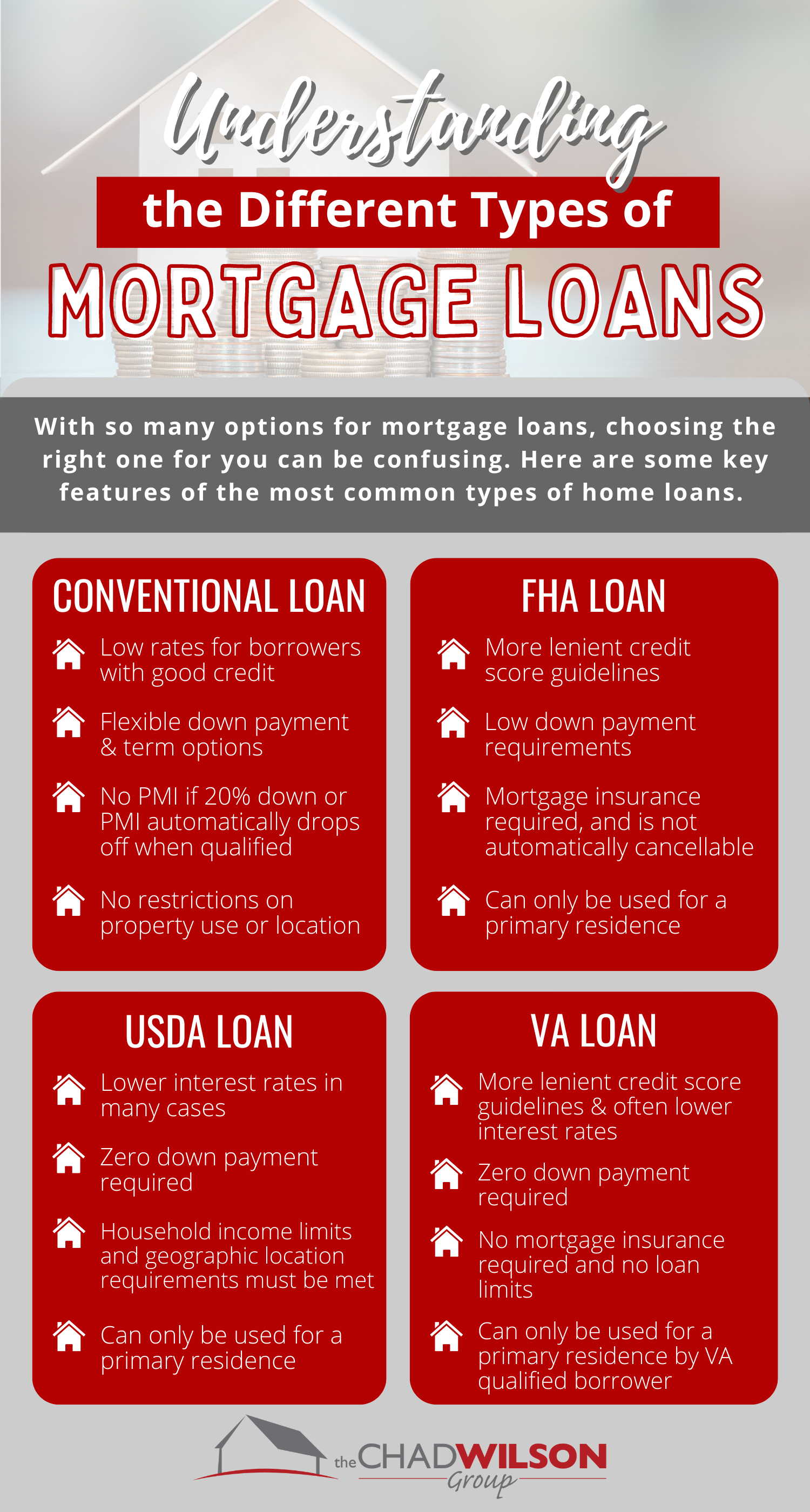The Important Variables to Take Into Consideration When Picking Between Fixed-Rate and Adjustable-Rate Mortgage Financings
When assessing home loan options, customers encounter a crucial choice in between adjustable-rate and fixed-rate lendings, each offering distinctive benefits and prospective mistakes. Trick considerations such as interest rate security, predictability in regular monthly payments, and the effects of potential rate modifications can dramatically affect long-term economic health and wellness.
Rate Of Interest Stability
When choosing a home mortgage, understanding rate of interest price security is vital for informed decision-making. Interest rates can substantially influence the overall expense of a home loan, and identifying the nature of these prices is vital for borrowers.
On the other hand, adjustable-rate home loans (ARMs) start with reduced first rates that may alter regularly based upon market problems. While this can cause lower repayments originally, it additionally introduces uncertainty, as debtors might deal with boosted repayments if rates of interest climb. For those taking into consideration an ARM, it is essential to analyze the possibility of rate changes, the potential for settlement boosts, and the size of the preliminary fixed-rate period.
Ultimately, the choice between fixed-rate and adjustable-rate mortgages depends upon individual risk resistance and financial scenarios. Comprehending rate of interest price stability assists consumers make informed choices that straighten with their long-term financial objectives.
Monthly Settlement Predictability
While debtors usually focus on rate of interest stability, the predictability of month-to-month settlements is similarly crucial in the home mortgage choice process (Conventional mortgage loans). Month-to-month repayment predictability plays a vital function in budgeting and financial preparation, as it directly influences a house owner's capital and total financial wellness
Fixed-rate home loans provide a consistent regular monthly payment throughout the life of the lending, permitting consumers to anticipate and prepare their expenses properly. This stability can be particularly advantageous for newbie homebuyers or those on a fixed income, as it gets rid of the unpredictability connected with rising and fall repayments.
On the other hand, adjustable-rate home mortgages (ARMs) normally feature lower first repayments that can change in time, bring about potential irregularity in regular monthly commitments. While initially appealing, this changability can make complex monetary preparation, especially if customers do not represent future rate changes.
Prospective Price Modifications
In the realm of variable-rate mortgages (ARMs), potential rate modifications stand for a significant variable that customers need to meticulously consider. Unlike fixed-rate mortgages, where the rate of interest price remains unmodified for the life of the finance, ARMs are defined by varying rate of interest that are connected to market indices. This variability can cause considerable modifications in month-to-month settlements, influencing the borrower's financial planning and budgeting.
Generally, ARMs have a preliminary fixed-rate period throughout which the rates of interest is steady. After this period, nevertheless, the rate changes at predetermined intervals-- commonly each year. Customers should be conscious of the margin and index utilized to determine these changes, as they straight influence future rate of interest. In addition, ARMs often include caps that limit just how a lot the rate of interest can enhance at each modification and over the life of the finance, which can give some degree of protection against drastic rate hikes.
Comprehending these prospective changes is critical for debtors, as they straight influence lasting repayment obligations. Therefore, analyzing personal economic situations and take the chance of tolerance is important when making a decision whether an ARM lines up with one's financial objectives.
Finance Term Considerations
Loan term factors to consider play a crucial function in the decision-making process for borrowers choosing between fixed-rate and adjustable-rate home mortgages. The length look at this web-site of the finance term substantially impacts monthly repayments, interest prices, and general monetary preparation.

Ultimately, borrowers must analyze their individual situations, financial goals, and market problems when considering the ramifications of loan term options within each mortgage kind.

Total Price of Borrowing
The general expense of loaning is a crucial aspect that can substantially influence a consumer's choice between fixed-rate and adjustable-rate home mortgages. Fixed-rate home loans offer foreseeable monthly settlements, as the rate of interest remains constant throughout the loan term. This predictability can result in reduced general expenses, particularly in a stable or declining passion rate environment. Debtors can budget successfully, knowing their payments will not fluctuate.
Conversely, variable-rate mortgages (ARMs) commonly begin with lower first rates, causing reduced in advance prices. Nonetheless, these rates can enhance after a preliminary duration, bring about potentially higher lasting prices. Consumers must think about the regularity and level of rate changes, as well as the overall funding period, to properly examine the economic effects.
In addition, the total expense of loaning includes not only rates of interest however additionally costs and other linked click to find out more expenses, such as closing prices and insurance policy (Conventional mortgage loans). For that reason, when evaluating home mortgage options, debtors should carry out an extensive price analysis over the life of the funding. By doing so, they can make an educated choice that aligns with their economic objectives and take the chance of resistance
Verdict
In final thought, picking between fixed-rate and adjustable-rate mortgage necessitates careful consideration of a number of essential factors. Rate of interest stability and month-to-month repayment predictability are critical for effective budgeting, while the possibility for rate changes in ARMs presents economic unpredictability. Furthermore, the awaited period of homeownership and the general expense of loaning, including rates of interest and linked fees, have to straighten with individual economic situations and take the chance of resistance. Such a detailed analysis will certainly promote informed decision-making in mortgage choice.
Key considerations useful source such as passion rate security, predictability in regular monthly payments, and the ramifications of potential rate modifications can significantly impact long-term economic health. Rate of interest rates can dramatically impact the overall expense of a mortgage, and identifying the nature of these rates is necessary for debtors. Unlike fixed-rate mortgages, where the passion price stays unchanged for the life of the loan, ARMs are identified by fluctuating interest prices that are linked to market indices. Additionally, ARMs often include caps that restrict how a lot the interest rate can raise at each adjustment and over the life of the loan, which can offer some degree of protection against extreme price walkings.
Interest price stability and month-to-month repayment predictability are paramount for reliable budgeting, while the potential for price adjustments in ARMs introduces monetary unpredictability.
Comments on “Conventional Mortgage Loans: Your Guide to Typical Home Financing”